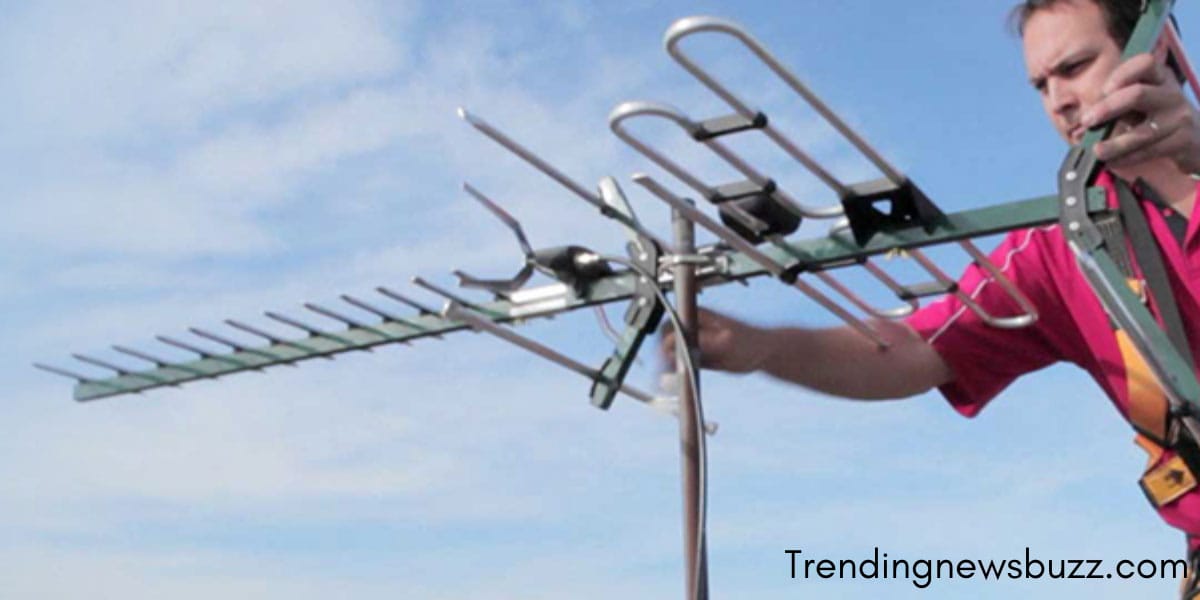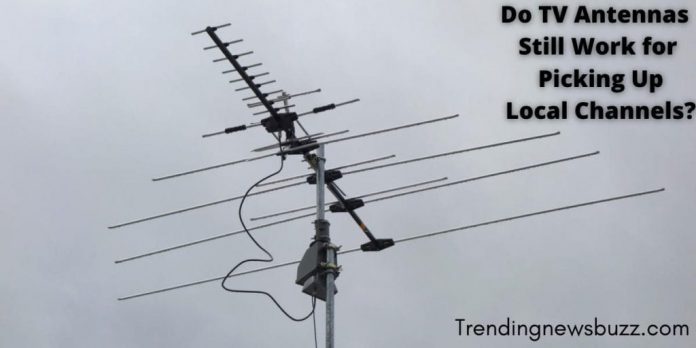Do TV Antennas Still Work for Picking Up Local Channels?
The answer is yes! TV antennas are still a viable option for picking up local channels. With the rise of streaming services, many people have forgotten about the traditional way of watching TV. But if you’re looking for a way to access local channels without paying for cable or satellite, an antenna is the way to go.
TV antennas are a great way to access local channels without having to pay for a cable or satellite subscription. All you need is an antenna and a TV with a digital tuner. You can find antennas in a variety of shapes and sizes, so you can find one that fits your needs.
Once you have your antenna, you’ll need to install it. This can be done by yourself or you can hire a professional to do it for you. Once the antenna is installed, you’ll need to scan for channels. This is done by going into the settings on your TV and selecting “scan for channels”. This will allow your TV to find all the available channels in your area.
Once you’ve scanned for channels, you’ll be able to watch all the local channels available in your area. This includes major networks like ABC, CBS, NBC, and Fox. You may also be able to pick up some local channels that are not available on cable or satellite.
TV antennas are a great way to access local channels without having to pay for a cable or satellite subscription. They are easy to install and can provide you with access to all the local channels in your area. So if you’re looking for a way to watch local channels without paying for cable or satellite, an antenna is the way to go.
Live TV has a taste of its own. Seeing the events unfold before your eyes in real-time proves to be a thrill-packed treat for everyone. Whether it’s news, sports, coverage of music events, or business market trends, live TV takes you exactly where you want to be and packs a huge surprise for the viewers.
There are three ways to watch live TV. One, you can subscribe to a cable TV package with loads of live TV channels. Cox cable plans are quite popular in this regard for their collection of broadcast networks in HD, for instance.
Two, you can get a streaming service with live TV channels included, which runs on your internet connection instead of delivering content through traditional copper cables. Hulu + Live TV and fuboTV are two of the best names in this category. And three, you can purchase a digital TV antenna from your local store and catch over-the-air broadcasts from large networks in your area, absolutely free of charge.
If you are looking to save as much money as you can this year, then the third option is the most suitable to fulfill your live TV craving. TV antennas have been around for the longest time. In this post, we’ll learn more about TV antennas, their utility in the present times, and the easiest ways to get the best possible reception from them. Let’s dive in.
Read More: Should You Hire a Team or Individual Freelancer for Software Development?
What Are TV Antennas?
Television antennas are compact devices that are designed to intercept and receive over-the-air programming from network stations in an area, and send them to your television set via a transmission line connected to the back of the TV set. Terrestrial stations usually broadcast content in the form of radio frequencies.
The spectrums they follow on a Very High-Frequency band or VHF are 47 to 250 MHz and 470 to 960 MHz on an Ultra High Frequency or UHF hand. A TV antenna is tuned to catch these frequencies and turn them into playable programming in high-definition on your TV. Antennas can be of two types.
An outdoor antenna is mostly used in geographically uneven terrain or fringe communities. It is usually mounted atop your house, is a little more expensive, and requires special maintenance.
On the other hand, an indoor antenna is what we find in a large number of households across the US. It is fixed next to a television set and is available in the form of either rabbit ears or loop. It can also be one-directional or omnidirectional, analog or HDTV, depending on your preference.
An average digital antenna costs around $10 to $50, while for an outdoor antenna, you may have to pay $60 to $120. So, it is not only an affordable investment but also something for which you have to pay no rent, sign no contract nor deal with any kind of drama.
Do TV Antennas Still Work for Picking Up Local Channels?

TV antennas may have made their first appearance in the 1990s, but the question stands whether they are still useful today or not? This is the era that is ruled by streaming TV technology and the cable industry. Can an aerial antenna compete with these readily available options? The answer is yes. Though a TV antenna is a simple technology, it is highly useful. You can cut the cord and still get reception from some of the best cable networks in your area. A TV antenna delivers programming from not only the local stations such as ABC, NBC, FOX, ION, CBS, PBS, and CW but also carries content from government, education, and other learning channels. Sometimes, if your location is sweet and you’re in luck, you can also receive specialty channels that you can only find on cable TV lineups with the help of an antenna. So, yes, TV antennas still work for picking up local channels and more while asking nothing in return.
Also Read: Internet-based Fixes Required for Your Business
How to Maximize Reception?
If you’re convinced to get a TV antenna for your home this year, then take a look at these simple but effective ways to amplify your signal reception and enjoy a live TV feed in HD.
Inspect Channel Availability
It’s no use to purchase a TV antenna if you’re not going to get a healthy dose of local channels. To see which channels are available in your area, use a tool like AntennaWeb to confirm station availability.
Open the website, enter your zip and check out all the network stations within your vicinity, alongside their directions, broadcasting strengths, and distance from your home. If you are receiving a good number of channels, only then should you go ahead and get an antenna.
Position It Right
Two words: Placement matters. If you live near a broadcasting station, then you can place your antenna anywhere, which includes sticking it to the back of your TV set.
If, however, you live at a distance from a broadcasting station, then place the antenna close to a window, on an elevated position, and at least six feet away from metallic objects for the best reception.
Always do a Test Run
You might come across a faulty product and not know it. So, do a test run by first turning all the equipment off attached to your TV set, powering on the antenna, analyzing picture quality, and then turning everything back on. This simple reset will also boost your antenna’s strength.
Wrapping Up
TV antennas are symbols of a bygone past, for sure. However, they are not obsolete yet. Their amazing usage keeps them relevant even in the present technological era. So, if you are planning to cut the cord, get a good HDTV antenna to still enjoy live TV and local channels like before.



